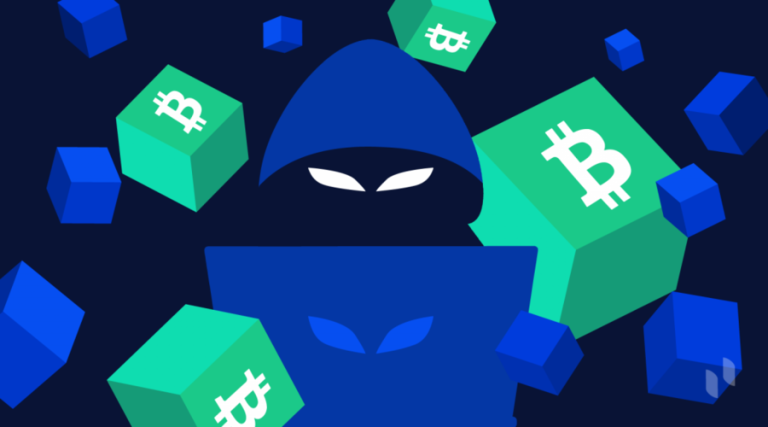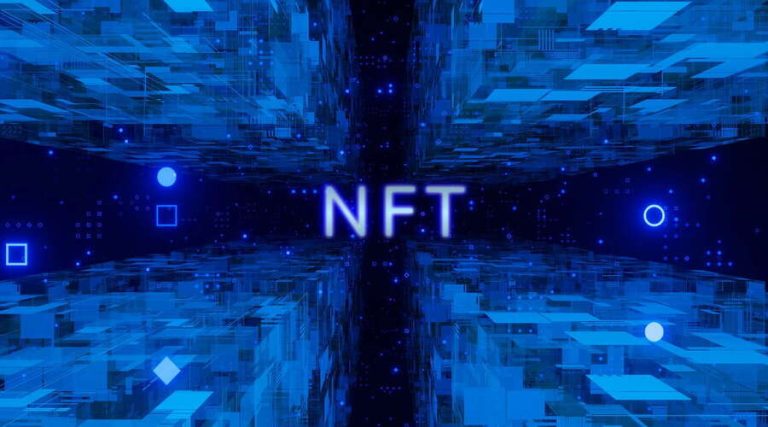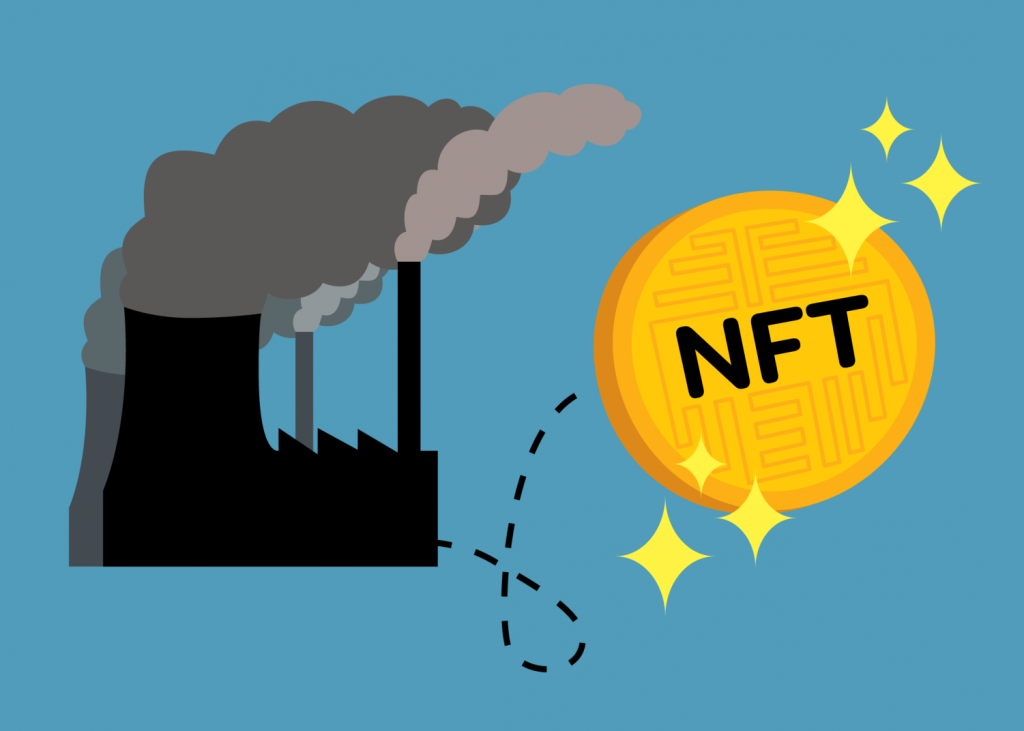Analysis of Blockchain Attack Vectors
Blockchain technology has revolutionized various industries by providing a decentralized and secure means of recording and verifying transactions. However, like any other technological innovation, blockchain is not immune to security risks and attack vectors. In this article, we will delve into the analysis of different attack vectors that threaten the integrity and stability of blockchain networks. By understanding these vulnerabilities, we can adopt appropriate measures to protect our blockchain systems effectively.
Introduction to Blockchain Attack Vectors
Blockchain, at its core, is a distributed ledger technology that enables transparent and tamper-proof transactions. However, malicious actors are constantly evolving their tactics to exploit vulnerabilities within the blockchain ecosystem. Understanding the various attack vectors is crucial to safeguarding the integrity of the network.
Sybil Attacks
One of the common attack vectors in blockchain is the Sybil attack. In this type of attack, a malicious entity creates multiple fake identities to gain control over the network. By flooding the network with these identities, the attacker can manipulate the consensus mechanism and disrupt the decentralized nature of the blockchain. To mitigate Sybil attacks, blockchain networks implement identity verification protocols and reputation systems.
51% Attacks
A 51% attack occurs when a single entity or a group of colluding entities control the majority of the computational power within a blockchain network. This dominance allows them to manipulate the transaction history, double-spend coins, or exclude specific transactions from being confirmed. To prevent 51% attacks, blockchain networks employ consensus mechanisms that require a significant computational effort, such as Proof of Work (PoW) or Proof of Stake (PoS).
Smart Contract Vulnerabilities

Smart contracts, which are self-executing contracts with the terms of the agreement directly written into code, are an integral part of blockchain technology. However, they are susceptible to vulnerabilities and exploits. Common issues include reentrancy attacks, code vulnerabilities, and improper input validation. To mitigate smart contract vulnerabilities, developers should follow best practices, such as conducting thorough code audits and implementing security measures like contract upgradability and secure coding patterns.
Distributed Denial of Service (DDoS) Attacks
DDoS attacks pose a significant threat to blockchain networks. By overwhelming the network with a massive influx of requests, attackers can disrupt the normal functioning of the blockchain, causing transaction delays and service outages. Implementing robust network infrastructure, utilizing traffic analysis tools, and employing rate-limiting techniques are effective strategies to mitigate DDoS attacks on blockchain networks.
Malware and Phishing Attacks
Malware and phishing attacks target blockchain users with the aim of stealing sensitive information, private keys, or funds. These attacks can occur through fake websites, infected software, or social engineering tactics. To protect against malware and phishing attacks, users should practice good cybersecurity hygiene, such as using hardware wallets, verifying website authenticity, and employing reputable antivirus software.
Social Engineering Attacks
Social engineering attacks exploit human psychology to deceive individuals and gain unauthorized access to their blockchain accounts. Phishing emails, impersonation, and baiting are common techniques used by attackers. Increasing user awareness through education and implementing two-factor authentication can significantly reduce the risk of social engineering attacks.
Insider Attacks
Insider attacks involve individuals with authorized access to the blockchain network who exploit their privileges for personal gain or malicious intent. These attacks can lead to unauthorized transactions, theft of sensitive data, or disruption of the network. Implementing strict access controls, conducting background checks, and monitoring user activities can help minimize the risk of insider attacks.
Privacy and Anonymity Risks
While blockchain provides transparency, it also presents challenges related to privacy and anonymity. Transaction history can be traced, leading to potential deanonymization. To enhance privacy and anonymity, blockchain networks can employ techniques such as zero-knowledge proofs, ring signatures, and decentralized mixers. These approaches provide a balance between transparency and confidentiality.
Supply Chain Attacks
Supply chain attacks target the components and software used in blockchain systems. By compromising the integrity of the supply chain, attackers can inject malicious code, tamper with hardware, or exploit vulnerabilities in software dependencies. Establishing secure supply chain practices, performing rigorous code audits, and maintaining an updated inventory of software dependencies are essential to mitigate supply chain attacks.
Certainly! Here’s more content on additional subtopics related to the analysis of blockchain attack vectors:
Eclipse Attacks
Eclipse attacks are a type of attack where an attacker isolates a specific node or a group of nodes in a blockchain network by controlling their network connections. By surrounding the targeted node(s) with malicious nodes, the attacker can manipulate the information received by the isolated node(s), leading to a distorted view of the network. To mitigate eclipse attacks, blockchain networks can implement network-level protections, such as peer diversity and network monitoring tools that can detect and prevent such attacks.
Consensus Algorithm Exploits
Consensus algorithms play a critical role in maintaining the integrity and security of blockchain networks. However, these algorithms are not immune to vulnerabilities. Attackers can exploit weaknesses in consensus algorithms to disrupt the network’s consensus process or manipulate the transaction history. For example, in Proof of Work (PoW) systems, an attacker with a significant amount of computational power can perform a majority attack. To mitigate consensus algorithm exploits, blockchain networks can explore alternative consensus mechanisms and regularly update their protocols to address known vulnerabilities.
Insider Collusion Attacks
Insider collusion attacks involve multiple individuals with authorized access to a blockchain network who conspire to undermine its security. These attackers may coordinate their efforts to manipulate transactions, tamper with data, or disrupt the network’s operations. Mitigating insider collusion attacks requires a combination of strong access controls, periodic audits, and continuous monitoring of user activities. Implementing mechanisms that detect suspicious behavior, such as abnormal transaction patterns or unauthorized access attempts, can help identify and prevent insider collusion attacks.
Quantum Computing Threats
Quantum computing presents both opportunities and challenges for blockchain technology. While quantum computers have the potential to break the cryptographic algorithms used in blockchain networks, they also offer solutions for enhanced security. To address the threat of quantum computing, blockchain networks can adopt quantum-resistant cryptographic algorithms, such as lattice-based or hash-based signatures. Additionally, research and development efforts are underway to explore quantum-resistant consensus mechanisms that can withstand attacks from quantum computers.
Fork Attacks
Fork attacks occur when a blockchain network splits into multiple branches, leading to different versions of the blockchain. Attackers can exploit forks to create confusion, perform double-spending attacks, or disrupt consensus. Blockchain networks can mitigate fork attacks by implementing mechanisms that detect and resolve forks quickly, such as longest-chain rules or Byzantine fault tolerance algorithms. Regular software updates and community coordination are also essential to ensure all participants are running the latest version of the blockchain protocol.
Data Privacy Laws
Data privacy is a critical concern in the blockchain space. As blockchain transactions are stored permanently and publicly, they may contain personal information that falls under data protection regulations. Blockchain projects must adhere to data privacy laws by implementing privacy-enhancing measures, such as encryption, anonymization, and permissioned access to personal data.
Jurisdictional Issues
Blockchain projects often operate across multiple jurisdictions, each with its own set of legal and regulatory requirements. Navigating jurisdictional issues is crucial to ensure compliance. Blockchain projects should thoroughly understand the legal and regulatory landscape of the jurisdictions they operate in and tailor their operations and compliance efforts accordingly.
Legal Expertise
Given the complex regulatory landscape, blockchain projects should collaborate with legal experts who specialize in blockchain and regulatory compliance. Legal professionals can provide guidance on complying with relevant laws, regulations, and industry standards. Their expertise can help ensure that blockchain projects operate within the legal boundaries and mitigate potential legal risks.
Regulatory and Compliance Risks
- Anti-Money Laundering (AML) regulations: Implement robust AML measures to prevent blockchain projects from being used for illicit activities.
- Know-Your-Customer (KYC) regulations: Establish strict identity verification processes to ensure compliance with KYC requirements.
- Data privacy laws: Adhere to data protection regulations by implementing privacy-enhancing measures, such as encryption and anonymization.
- Jurisdictional issues: Understand the legal and regulatory requirements of different jurisdictions where blockchain projects operate and ensure compliance accordingly.
- Legal expertise: Collaborate with legal experts who specialize in blockchain and regulatory compliance to navigate the complex regulatory landscape.
- Transparent governance frameworks: Establish transparent and auditable governance frameworks to demonstrate compliance and build trust with stakeholders.
Scalability and Performance Challenges
- Congestion management: Explore solutions like sharding, which divide the blockchain network into smaller segments to improve transaction throughput.
- Off-chain transactions: Utilize off-chain solutions to perform transactions outside the main blockchain, reducing congestion and enhancing scalability.
- Layer-two scaling solutions: Implement layer-two protocols like the Lightning Network to enable faster and more cost-effective transactions.
- Consensus algorithm optimization: Continuously improve consensus algorithms to enhance scalability and reduce confirmation times.
- Network infrastructure optimization: Upgrade network infrastructure to support increased transaction volume and reduce latency.
- User experience considerations: Prioritize user experience by minimizing transaction fees and confirmation times through scaling solutions.
- Research and development: Invest in ongoing research and development efforts to explore innovative solutions for scalability and performance challenges.
By addressing regulatory and compliance risks and implementing strategies to tackle scalability and performance challenges, blockchain projects can enhance their operational efficiency, ensure legal compliance, and provide a better user experience. These pointers provide a roadmap for mitigating these challenges and optimizing blockchain systems.
Conclusion
As blockchain technology continues to evolve, so do the attack vectors targeting it. Understanding and proactively addressing these vulnerabilities is crucial to maintaining the security and trustworthiness of blockchain networks. By implementing best practices, educating users, and leveraging robust security measures, we can create a resilient blockchain ecosystem that fulfills its potential as a secure and decentralized platform.
















